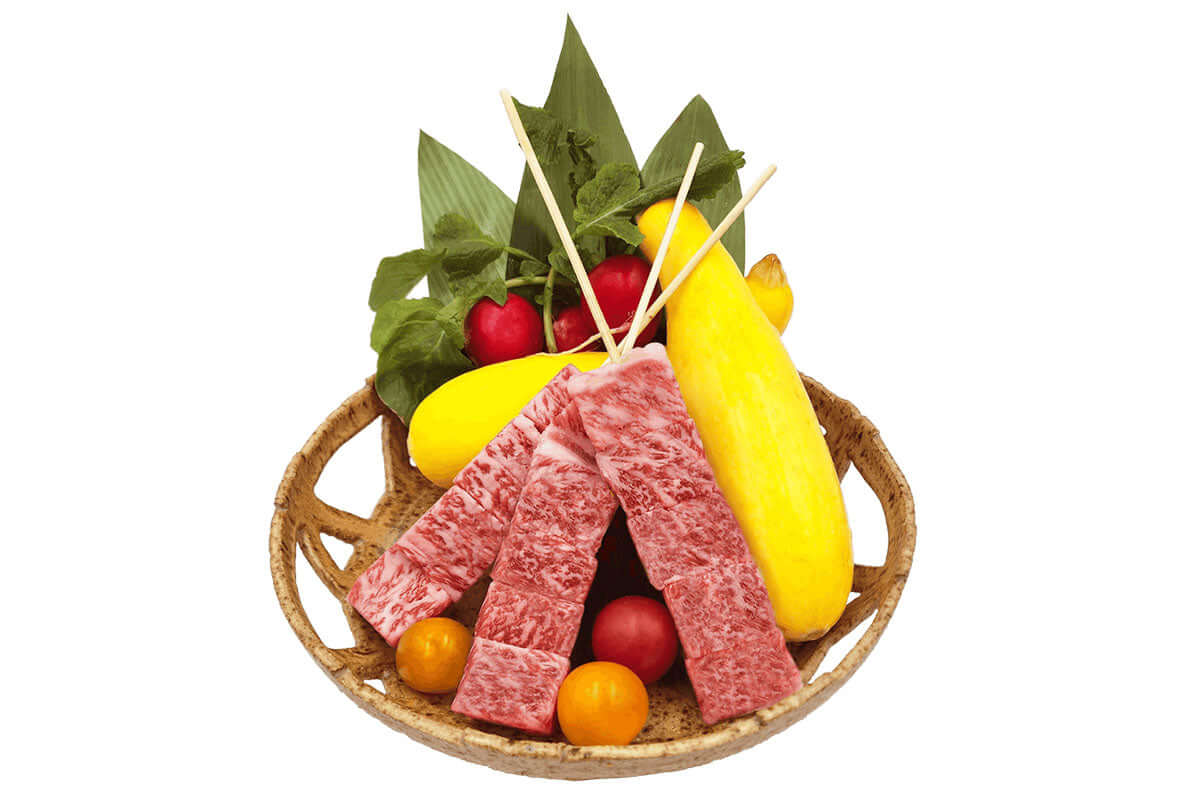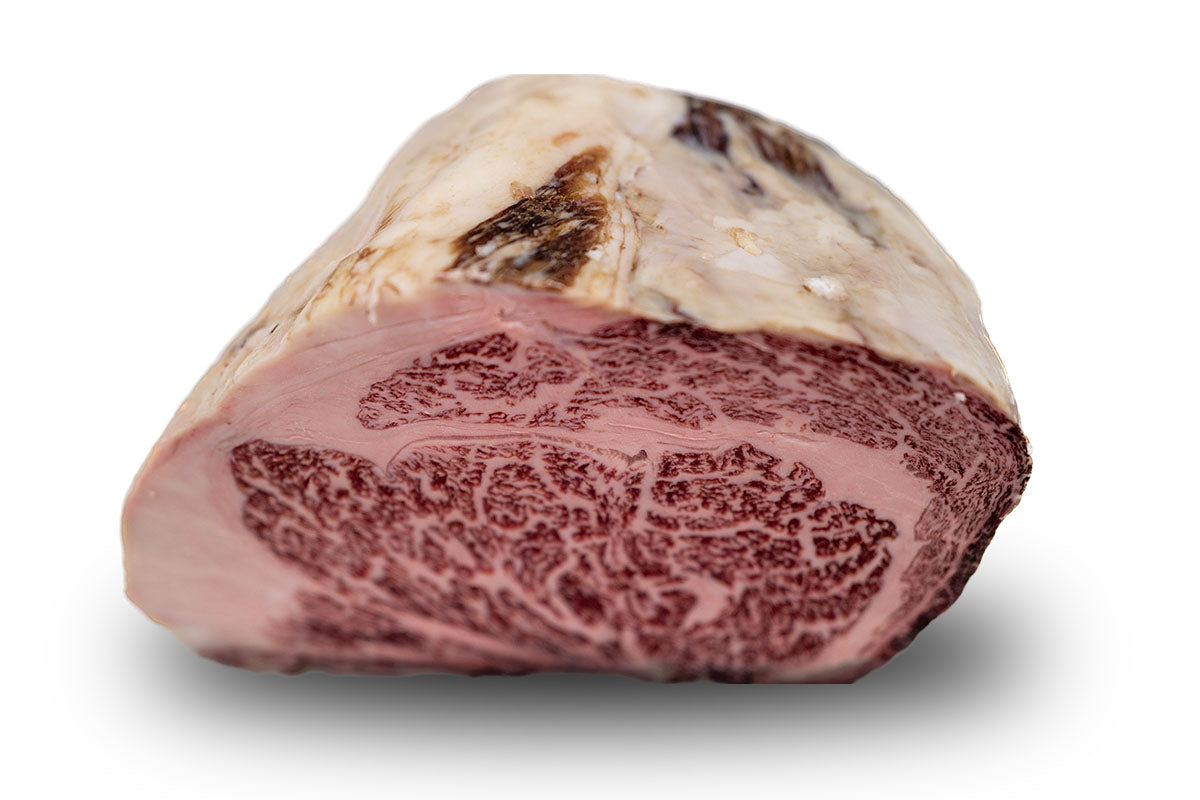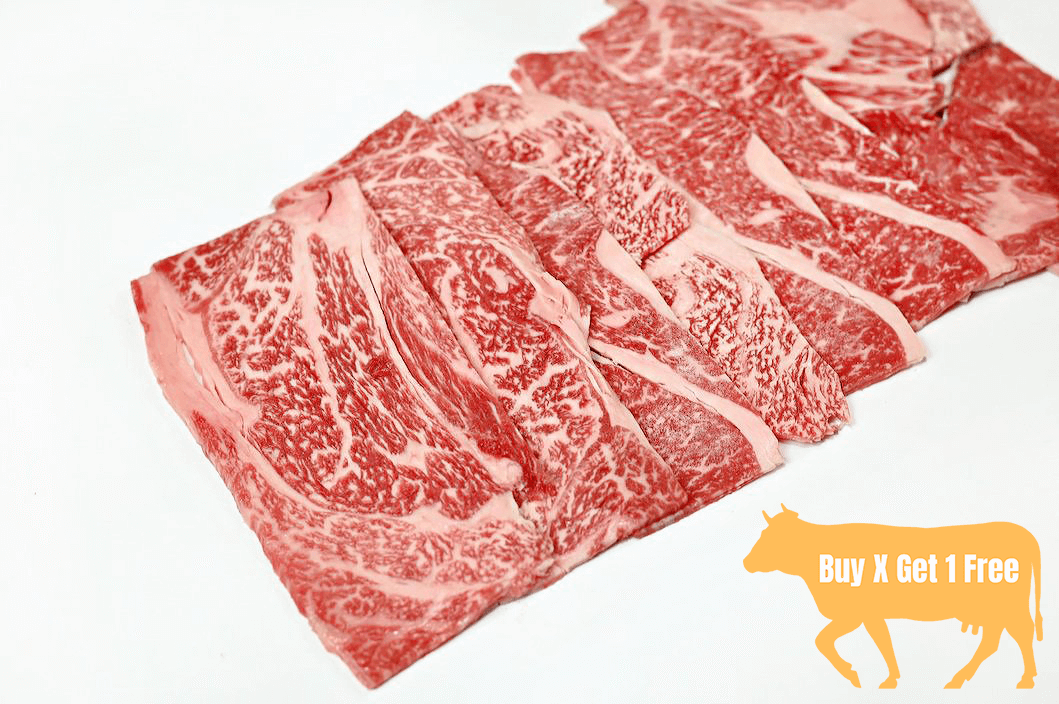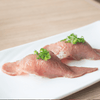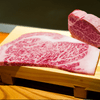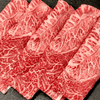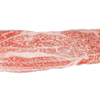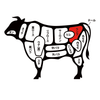Understanding Primal, Subprimal, and Portion Cuts of Beef
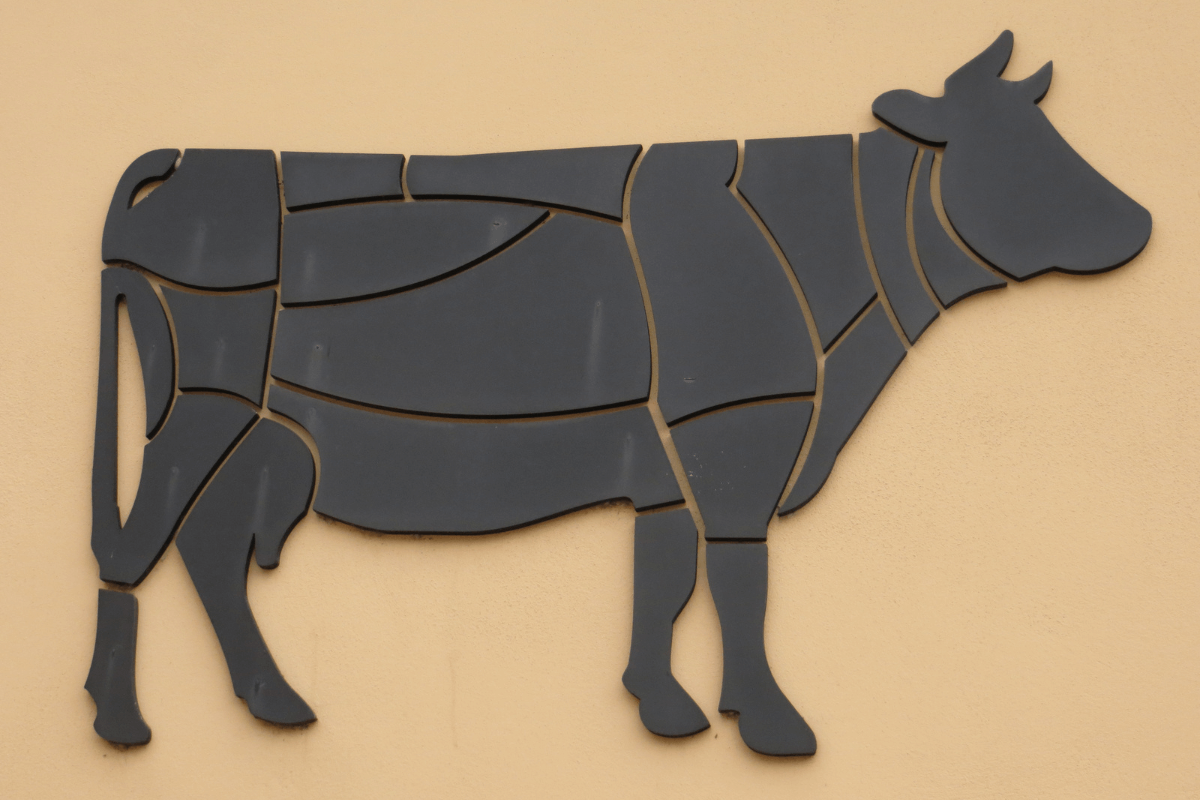
Have you ever found yourself standing at your local butcher shop, staring at a multitude of beef cuts, feeling overwhelmed and uncertain about what to pick? You're not alone!
The world of beef cuts can be a bit of a maze, with numerous options, each suited to different cooking methods and recipes. From brisket to sirloin, chuck to ribeye, how do we navigate through this culinary labyrinth?
The trick lies in understanding the structure of the animal, and the three major categories of beef cuts: primal, subprimal, and portion cuts. Each of these classifications represents a different level of the butchering process, and each offers different characteristics in terms of flavor, tenderness, and best cooking methods.
Mastering these categories and their individual characteristics can not only help you make informed decisions at the butcher shop, but also inspire your cooking and grilling sessions at home.
So, let's dive in and demystify these categories together.
Primal, Subprimal, and Portion Cuts
When it comes to beef, the journey from farm to table is a detailed process, meticulously executed by skilled butchers. This process involves breaking down the whole animal into more manageable and meal-specific cuts, which can be classified into three main categories: primal cuts, subprimal cuts, and portion cuts.
Primal Cuts
Starting from the top, we have primal cuts.
These are the large, primary sections into which a carcass is divided during the first step of the butchering process. There are generally eight primal beef cuts, namely: chuck, rib, loin, round, flank, short plate, brisket, and shank.
Each of these primal cuts has distinct characteristics in terms of flavor, texture, and fat content. For instance, the chuck is typically flavorful but tough, making it ideal for slow-cooking methods, while the loin is both tender and lean, perfect for quick, high-heat cooking.
Subprimal Cuts
Once the primal cuts have been made, they're then broken down further into subprimal cuts.
Subprimal cuts are smaller sections carved from the primal cuts, each also boasting its own unique characteristics. These are often what you'll encounter in food service establishments, ready to be transformed into a wide array of dishes. Examples of subprimal cuts include the strip loin and tenderloin from the loin primal cut, or the flat iron and blade roast from the chuck.
Portion Cuts
Finally, we come to the portion cuts, which are what most of us are familiar with from our trips to the grocery store or local butcher shop.
These are the cuts that have been portioned out from the subprimal cuts into smaller, individual servings, ready for cooking and consumption. This is where you'll find your ribeye steaks, filet mignons, and T-bones, all beautifully presented and ready to be the star of your next meal.
What Are the Primal Cuts of Beef?
There are eight primal cuts of beef:
- Chuck: Located in the shoulder area, chuck is tough yet flavorful. It benefits from low and slow cooking methods like braising or stewing.
- Rib: Found between the chuck and loin, rib cuts are tender and juicy. They're versatile and can be cooked in various ways, including grilling, roasting, and pan-searing. Interestingly, cows actually have 13 pairs of ribs, but only the last 6 pairs count for this primal cut.
- Loin: The loin is divided into two sections — short loin and sirloin. Both of these cuts are tender but can dry out quickly, so they're best suited for quick, high-heat cooking methods like grilling or searing.
- Round: Located in the cow's rear, round cuts come from hard-working muscles, making them tough and less expensive. However, with proper cooking techniques, they can be tender and enjoyable.
- Flank: This cut comes from the abdominal area and is both tough and lean. Marinating and grilling at high heat are the best ways to prepare flank steak.
- Flate: Plate cuts are tough and fatty, making them ideal for fast, high-heat cooking or braising.
- Brisket: Found in the breast or lower chest, brisket is flavorful but requires marinating and low, slow cooking methods to achieve tenderness.
- Shank: This cut comes from the leg and is tough and sinewy. Shank is best for braising or slow-cooking in stews and soups.
What Are the Subprimal Cuts of Beef?
Subprimal cuts are smaller sections that are expertly carved from the larger primal cuts of beef. Each primal cut yields different subprimal cuts, each with its own distinct qualities and best cooking methods.
Here are some notable subprimal cuts from each primal cut:
Chuck
- Flat Iron: A tender and flavorful cut, great for grilling.
- Chuck Roast: Known for its rich flavor, it's often slow-cooked as a pot roast.
- Chuck Steak: A versatile cut that can be grilled, broiled, or slow-cooked.
Rib
- Ribeye Steak: A tender and juicy cut, best grilled or broiled.
- Rib Roast: Also known as Prime Rib when roasted, it's full of flavor and excellent for special occasions.
Loin
- Strip Loin: A lean and tender cut that's ideal for grilling.
- Tenderloin: The source of filet mignon, it's very tender and best suited to high heat cooking methods like grilling and broiling.
- T-Bone Steak: Contains a portion of both the strip loin and tenderloin, it's a grilling favorite.
Round
- Top Round: Lean and moderately tender, it's often used for roast beef.
- Eye of Round: A lean cut that's best cooked with moist heat methods like braising.
Flank
- Flank Steak: Lean and flavorful, it's often used in dishes like fajitas and stir-fry.
Short Plate
- Skirt Steak: Long, flat, and flavorful, it's perfect for quick high heat cooking methods.
Brisket
- Brisket Flat Cut: Lean and full of flavor, it's often used for barbecue, corned beef or pastrami.
- Brisket Point Cut: More marbled than the flat cut, it's great for slow cooking.
Shank
- Shank Cross Cut: Tough and lean, it's typically used for soups and stews, requiring a slow cooking process to break down the connective tissues.
What are the Portion Cuts?
Portion cuts are what we typically see at the grocery store, butcher shop, or on a restaurant menu. They are the smaller, individual serving-sized cuts derived from the subprimal sections. Each of these cuts offers a unique combination of texture, flavor, and ideal cooking method.
Here are some of the most popular portion cuts:
Steaks
- Ribeye Steak: Comes from the rib subprimal cut. It's juicy, tender, and ideal for grilling.
- Filet Mignon: Cut from the tenderloin subprimal. It's extremely tender and perfect for grilling or broiling.
- T-Bone Steak: Contains a section of the strip loin and tenderloin. Ideal for grilling.
- Sirloin Steak: A lean, somewhat tender steak cut from the sirloin. It's versatile and can be cooked in several ways.
- Flat Iron Steak: Cut from the chuck, it's tender and great for grilling.
- Flank Steak: Comes from the flank. It's lean, a bit tough but full of flavor, and perfect for grilling or broiling.
- Skirt Steak: Derived from the plate, it's flavorful and excellent for quick searing.
Roasts
- Chuck Roast: Known for its rich flavor, it's often slow-cooked as a pot roast.
- Rib Roast: Also known as Prime Rib when roasted, it's full of flavor and excellent for special occasions.
- Top Round Roast: A lean and moderately tender cut often used for roast beef.
Other Portion Cuts
- Brisket: A flavorful cut that's used for barbecue, corned beef, or pastrami.
- Shank Cross Cut: Typically used for soups and stews, requiring slow cooking to break down the connective tissues.
Understanding the different cuts of beef and their characteristics can significantly improve your cooking skills and help you choose the right cut for your recipe. Remember that the key is to pair the cut with the appropriate cooking method to bring out the best flavor and texture.
Frequently Asked Questions About Primal Cuts
Now that we've covered the different cuts of beef, let's address some common questions you might have.
Q: Which cuts of beef are the most tender?
A: The most tender cuts come from the loin and rib primal cuts. These include filet mignon, ribeye steak, and flat iron steak.
Q: Which cuts of beef are the toughest?
A: The toughest cuts typically come from the most exercised parts of the cow, such as the chuck, round, and shank. However, with proper cooking techniques like braising, slow-cooking, and marinating, these cuts can still be tender and delicious!
Q: What is marbling and why is it important?
A: Marbling refers to the fat content distributed within the muscle of the meat. It's important because marbling contributes to the flavor, tenderness, and juiciness of the beef. Generally, cuts with higher marbling, such as ribeye steaks, are more desirable.
Q: How do I choose the right cut of beef for my recipe?
A: The key is understanding the characteristics of each cut and matching them with the appropriate cooking method. For example, tender cuts like ribeye and filet are great for quick, high-heat cooking, while tougher cuts like chuck or brisket benefit from low and slow-cooking methods.
Q: How do I store beef cuts?
A: Refrigerate raw beef cuts in their original packaging or wrap them tightly in plastic wrap, and store them on the lowest shelf of your refrigerator. You can store raw beef for up to 3-5 days. If you need to store it for a more extended period, freeze the beef in airtight packaging for up to 3-4 months.
Q: What is the leanest cut of beef?
A: The leanest cut of beef is the eye round roast.
Q: What are the cheapest cuts of beef?
A: The cheapest cuts of beef come from the round primal, including top round steak (london broil), sirloin tip steak, top round roast, eye of round steak, and eye of round roast.
Q: How many steaks are in a cow?
A: You can yield approximately 150 steaks per the average 1300 lbs cow, where over 200 lbs of that is steak!
Q: How many ribs does a cow have?
A: Cows have 13 pairs of ribs for a total of 26 ribs.
Q: What are the primal cuts of beef?
A: There are generally eight primal beef cuts, namely: chuck, rib, loin, round, flank, short plate, brisket, and shank.
Q: Which cuts of beef are the most tender?
A: The most tender cuts come from the loin and rib primal cuts, including tenderloin filet, ribeye steak, and T-bone steak.
Q: Which cuts of beef are the toughest?
A: The toughest cuts typically come from the most exercised parts of the cow, such as the chuck, round, and shank. However, with proper cooking techniques like braising, slow-cooking, and marinating, these cuts can still be tender and delicious.
Q: What is marbling, and why is it important?
A: Marbling refers to the fat content distributed within the muscle of the meat. It's important because marbling contributes to the flavor, tenderness, and juiciness of the beef. Generally, cuts with higher marbling, such as ribeye steaks, are more desirable.
Q: How do I choose the right cut of beef for my recipe?
A: The key is understanding the characteristics of each cut and matching them with the appropriate cooking method. For example, tender cuts like ribeye and filet are great for quick, high-heat cooking, while tougher cuts like chuck or brisket benefit from low and slow cooking methods.
Q: What is the tastiest cut of beef?
A: When it comes to the most flavorful cut of beef, almost all steak connoisseurs point to the A5 Wagyu steak. This cut is renowned for its exceptional marbling, which is the intricate pattern of fat woven throughout the muscle. This not only enhances the steak's texture, making it incredibly tender, but also significantly contributes to its taste. The intramuscular fat in A5 Wagyu melts during cooking, imbuing the meat with a rich, buttery flavor that is truly unrivaled.
For a wide selection of genuine high-quality A5 Wagyu beef imported straight from Japan, check out WAGYUMAN's selection today!

